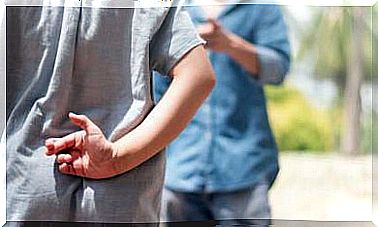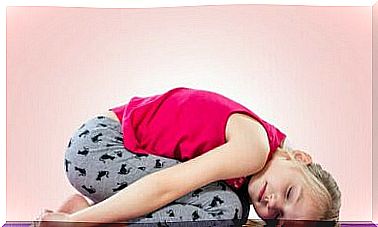Pacifier Use: Advantages And Doubts – Being Parents

Pacifier or not pacifier, that is the question! However, it is perhaps not only a question of answering them so formally. Instead, let’s take a look at its pros and cons. In the rest of this article, we will also look at some of its advantages, while clarifying some doubts.
Arguments in favor of the use of the pacifier
It is clear that many babies have a strong sucking reflex and some of them suck their fingers before birth, which seems to give them a certain pleasant and calming effect. It goes without saying that when the baby is calm, so are the parents, and that is why the pacifier often gets a good press.
However, as it can sometimes interfere with the proper development of breastfeeding, its use is not encouraged in the early days and while you are physically in the maternity hospital.

Using the pacifier: advantages and doubts
- The pacifier can be a source of calm and comfort for baby and parents.
- It is useful for hours of sleep or when colic keeps the baby restless.
- It is possible to exclude it, unlike the child’s finger which, when it gets into the habit of sucking, is more difficult to eradicate.
Important facts
There is some evidence that it reduces the risk of Sudden Infant Death Syndrome (SIDS) and, given its relevance and severity, it is important to revisit this point. Among the detractors of the use of pacifiers, some arguments relate to the possibility of interfering with breastfeeding, so its use is discouraged, not permanently, but in the initial phase until the consolidation of breastfeeding.
The Spanish Association of Pediatrics and in particular its Breastfeeding Committee state that:
- “ In breastfed newborns, it is best to avoid the pacifier during the first days of life and not to discourage it when breastfeeding is well established, usually from the first month of life, when the risk begins. Sudden Infant Death Syndrome “.
- “ In neonatal units, in the context of painful interventions, if there is no possibility of sucking the child, sucking from a pacifier should be offered as a non-pharmacological analgesic method ”.
- “ To avoid the other harmful effects of pacifier use, it is recommended that all children limit use to one year, including ages where the risk of SIDS is greatest and those where the need for pacifier is greatest. sucking is the biggest. “
Likewise, this scientific association suggests that the relationship between breastfeeding and SIDS, and pacifier and SIDS, be studied in depth, in order to shed light on all these unknowns. In the meantime, professionals should continue to educate parents about the convenience of breastfeeding and to avoid exposing infants to the various risk factors associated with SIDS.

When pacifier use is prolonged
According to the Spanish Society of Pediatric Dentistry, “ non-nutritive suction would cause the lower central teeth to gradually move inward, while those in the upper jaw would tend to separate and protrude outward (rabbit teeth) . In addition, the action of sucking sets in motion a series of facial muscles which, together with the position of the tongue, end up causing the upper and lower lines to lose their parallelism ”.
summary
- It is essential to clarify some myths and truths about the pacifier.
- Once it is incorporated, we must determine which is the best pacifier for our baby and promote safe use.
In conclusion
According to the Argentinian Pediatric Society, “ consider offering your baby a pacifier when it has regained its birth weight, when the mother has no difficulty breastfeeding and the child is exclusively breastfed. Do not insist if the baby refuses the pacifier. Do not use the pacifier to offer the baby sugar or honey ”.









